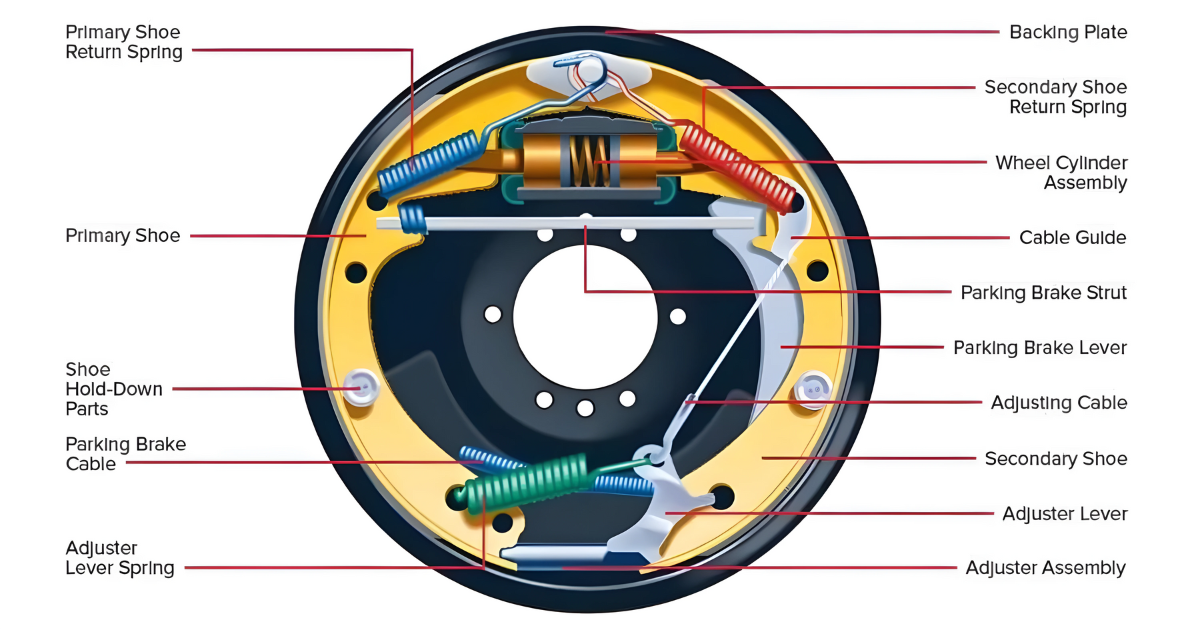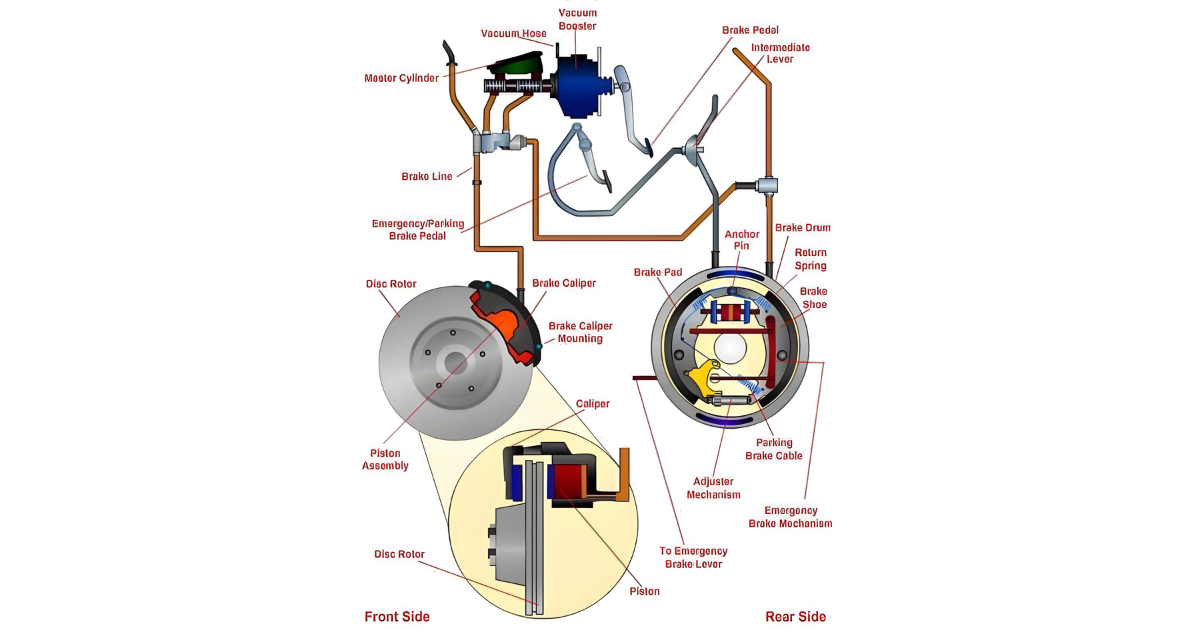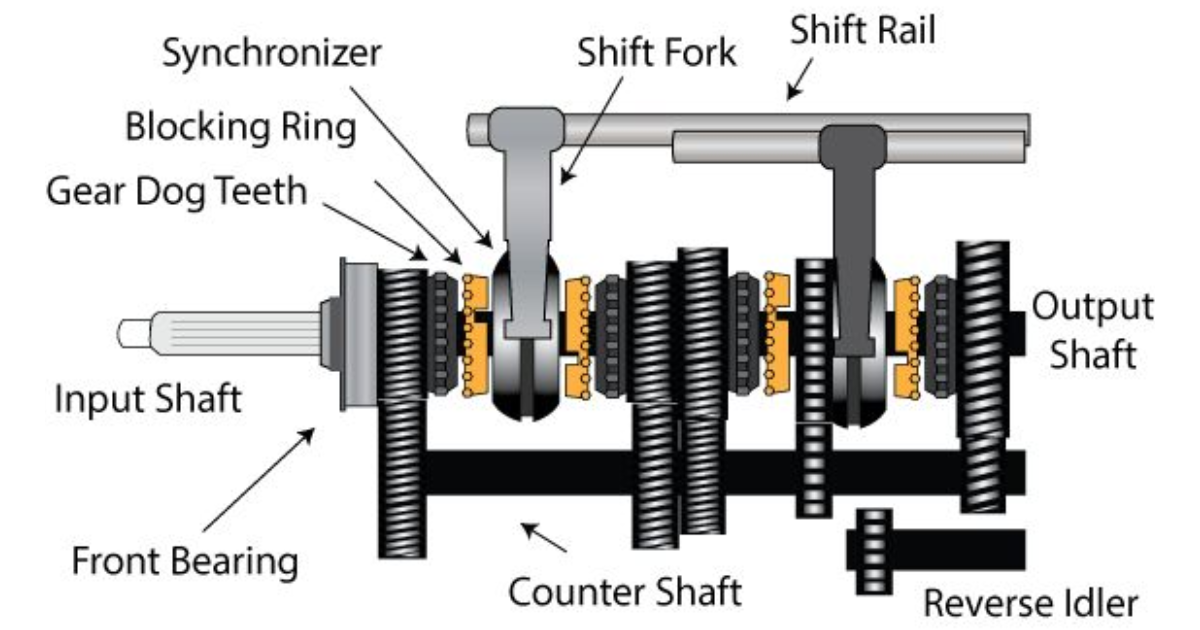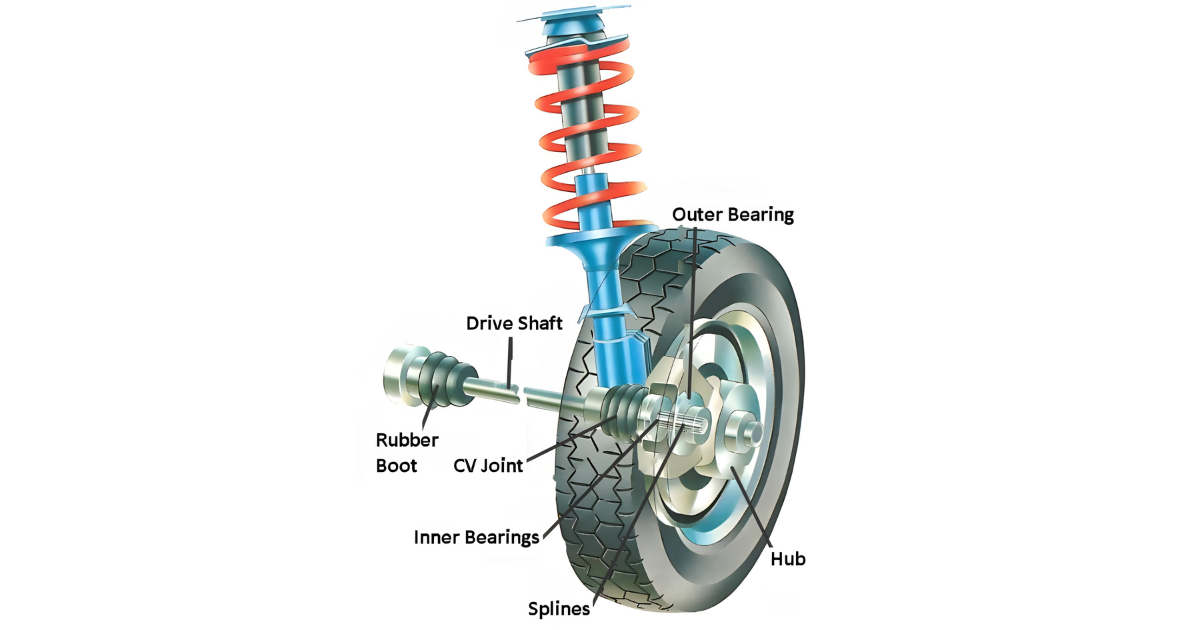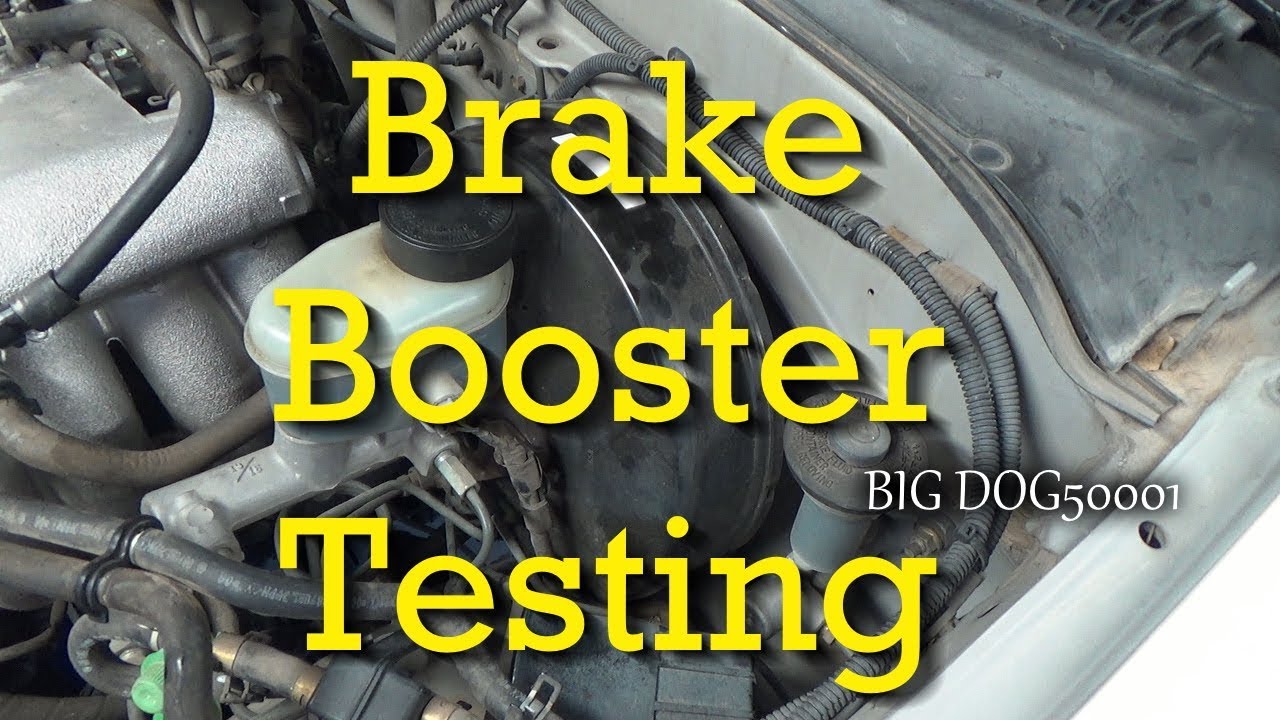When it comes to vehicle safety, the braking system takes center stage, and within this critical system, the drum brake caliper assembly plays a pivotal role. Drum brakes, known for their reliability and durability, have been a longstanding component in the automotive world.
In this explanation, we’ll go through the fundamentals of drum brake caliper assemblies, shedding light on their design, function, and significance in ensuring a vehicle comes to a controlled stop.
The Components of a Drum Brake Caliper Assembly
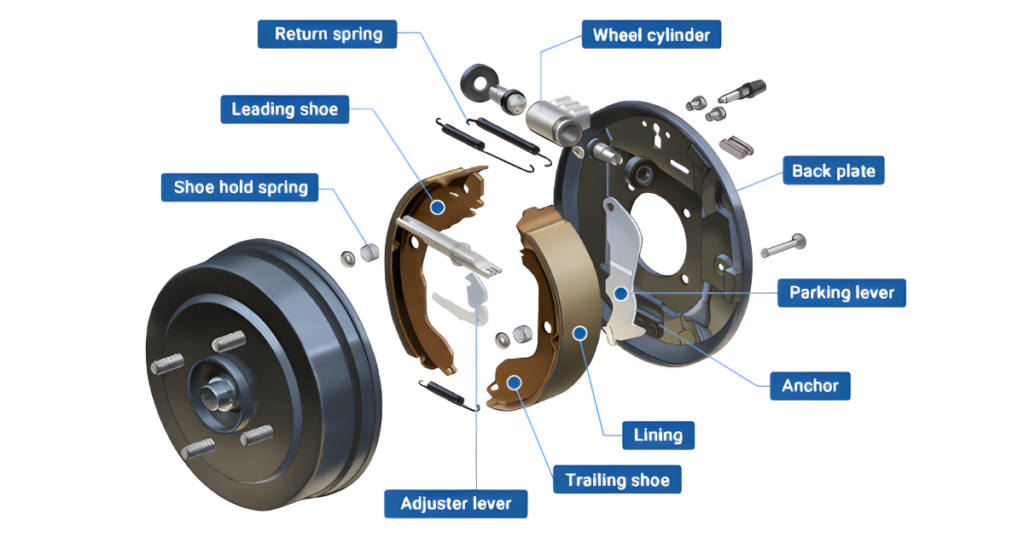
A drum brake caliper assembly consists of several key components working in harmony:
- Backing Plate: The backing plate serves as the foundation for the brake assembly, providing support for other components.
- Brake Shoes: These are curved metal plates lined with friction material (usually brake lining or brake pads) that press against the inner surface of the drum when the brakes are applied.
- Wheel Cylinder: Positioned between the brake shoes, the wheel cylinder contains pistons that extend when hydraulic pressure is applied, pushing the brake shoes against the drum.
- Drum: The drum is a circular metal component mounted on the wheel hub. When the brakes are engaged, the brake shoes press against the inner surface of the drum, creating friction and slowing down the wheel.
The functionality of a Drum Brake Caliper Assembly
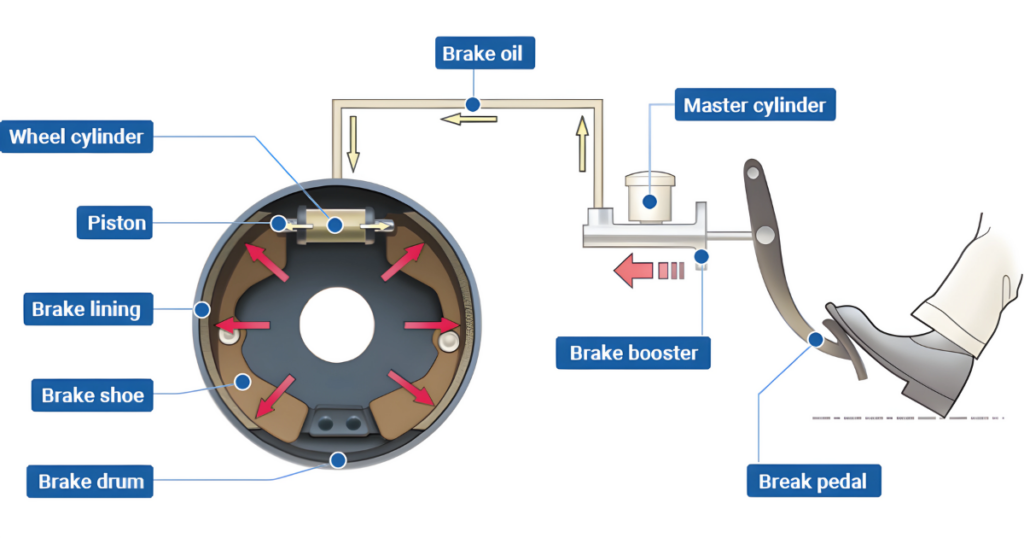
- Brake Engagement: When the driver applies the brake pedal, hydraulic pressure is generated. This pressure forces the pistons within the wheel cylinder to extend, pushing the brake shoes against the inner surface of the drum.
- Friction and Heat Generation: As the brake shoes make contact with the drum, friction is generated. This friction converts the kinetic energy of the rotating wheel into heat, slowing down and eventually stopping the vehicle.
- Return Mechanism: Once the brakes are released, return springs retract the brake shoes, allowing the wheel to rotate freely again.
Advantages of Drum Brake Caliper Assembly
- Cost-Effective: Drum brake systems are generally more cost-effective to manufacture and maintain compared to disc brake systems, making them a common choice for budget-friendly vehicles.
- Self-Adjustment: Many drum brake systems feature a self-adjusting mechanism, ensuring that the brake shoes maintain proper clearance as they wear down, reducing the need for frequent manual adjustments.
- Durability: Drum brakes are known for their durability and resistance to harsh conditions, making them suitable for various driving environments.
Challenges and Considerations
- Heat Dissipation: One limitation of drum brakes is their potential for heat buildup during prolonged or heavy braking, which can reduce braking efficiency. This makes them less suitable for high-performance applications.
- Fade and Performance: Drum brakes may experience brake fade under heavy use, a phenomenon where the braking efficiency decreases due to the heat generated during extended braking periods.
- Weight: Drum brake assemblies are generally heavier than their disc brake counterparts, contributing to a higher unsprung weight.
Maintenance and Inspection
- Regular Checks: Routine inspections of drum brake caliper assemblies are essential to ensure their proper functioning. Mechanics typically examine brake shoe wear, check for fluid leaks in the wheel cylinder, and assess the condition of the drum.
- Adjustment: While many drum brake systems have self-adjusting mechanisms, occasional manual adjustments may still be required to maintain optimal performance.
- Fluid Checks: Checking the brake fluid level in the master cylinder is crucial, as hydraulic pressure is integral to the function of drum brakes.
Conclusion
Drum brake caliper assemblies, with their time-tested design and reliability, continue to be a crucial component in the braking systems of countless vehicles. As automotive technology advances, the drum brake assembly persists in its role, providing a cost-effective and durable solution for various driving needs.
Understanding the inner workings of this braking system not only enhances appreciation for the complexities of vehicle engineering but also underscores the importance of regular maintenance to ensure safe and effective braking performance on the road.
Facing a Brake Caliper Issue? No worries! Watch the video below to learn how to rebuild your brake caliper without removing it from your car.
